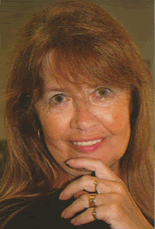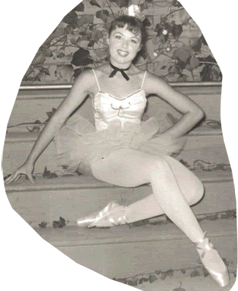Dancers Over 40 ARTS Legacy

Sharon Wendrow
Interviewed by Leni Anders What inspired you to become a dancer? I was taken to see ballet companies whenever they came to Los Angeles, in the late 1940's and 1950's. I was hooked from the very first performance. Favorites were Margot Fonteyn and Moira Shearer in Sleeping Beauty, and Swan Lake (Royal Ballet) and Alexandra Danilova in anything (Ballet Russe.) Who was the most influential person in your career? What was your most memorable moment in your career? At that time most ballet companies were going out of business. The Music Hall had as many dancers as they needed, so I felt honored. I performed on stage for the very first time, at age 12, for Paul Petroff. He and Nana Gollner rented the Wilshire Ebell Theatre in Los Angeles and we did an evening of dance to a sold out crowd. Neither had performed since they left Ballet Theatre and opened their own school. I was given a solo in the William Tell Suite, a very fast, very complicated piece. I received a standing ovation, and never wanted to leave the stage again!
Also, while studying with David Lichine, he produced a performance at the Santa Monica Bowl. We did Les Sylphides and The New World Symphony, which he choreographed on us. We were excited to perform his fabulous Graduation Ball, which had been a staple of Ballet Theatre. I was chosen, at age 14, to do the " fouetté competition," a difficult piece, that not everyone is able to do. I was ecstatic, thrilled and relieved that it came off to the satisfaction of all concerned. To perform a ballet for the original choreographer, to have him work with you, is beyond words. We also had the opportunity to work with Victor Moreno of Ballet Russe and Barbara Lloyd of Ballet Theatre who danced with us. Thrilling !!! Performing in, and choreographing a dinner theater production of "Sweet Charity." This was the first time I sang, acted and danced in a Broadway style show. I loved it, and have been dancing and teaching, jazz, tap and musical theater ever since.What was the most frightening moment you experienced? Tell me your experience with the next generation of dancers, and what your Legacy to them will be. I had my own school for 20 years, and now teach for the Hannah Kroner School of Dance in Albertson Long Island. My great joy is teaching older adults, who love to dance. Some are ex-dancers and some novices, but all couldn't live without dance classes as many times a week as they can. Dance on.
|
Norma Doggett-Bezwick
Interviewed by Leni Anders What inspired you to become a dancer? Harvey Korman and I were in the same drama class, and performed in The Purple Mask. That experience clinched wanting to be on stage for me, as long as I could be dancing as well. It didn't matter where or how. Who was the most influential person in your career? The line's choreography changed with each new star such as Tony Martin, Sophie Tucker, Jane Froman, Carmen Miranda, Larry Storch, Danny Thomas, Lena Horne, Dean Martin and Jerry Lewis. It was a wonderful opportunity to study ballet, modern and Pilates during the day, and perform three shows a night. We had an orchestra, dance floor and stage to work with. I loved it. My instructors certainly influenced me: Joe & Clara Pilates, Jerome Andrews, Bea Stronstorff, Edna Macrea, Hanya Holm among others. I got along very well with all of my other choreographers, and appreciated them: Jack Cole, Catherine Littlefield, Jerome Robbins, Helen Tamiris, Michael Kidd and Charles Weidman. What was your most memorable dance experience? Do you have a most frightening moment in your career? Yes. During my bus and truck tour starring Geneviève, I performed a solo song, crossing the stage while the crew changed scenery behind the curtain. The song was a period piece, and my dress was diaphanous, with a very tall cone shaped headpiece. I traversed the stage from one side of the proscenium to the other, between the curtain on my right side, and the stage edge on my left. I started my number facing front (not a bad idea when singing) when someone backstage turned on a wind machine. It did a job on me and my headpiece, too! I made it across, but it added some spice to my song. What experience or Legacy would you like to pass on to the next generation? What do you think of the stage of dance on Broadway and Theater dance in general today? I'm sure our beloved musical theatre entertainment will always survive, bloom and improve. It's the healthiest escape I can think of. I love to see our dancers working, and we have a very fine union to help us along the way. I'm sure the choreographic talent is always there, and change itself will bring new talent to the fore.
| |



